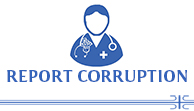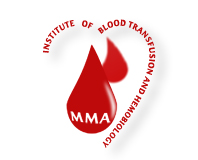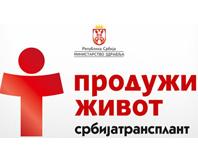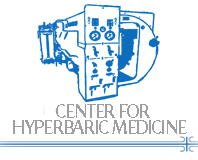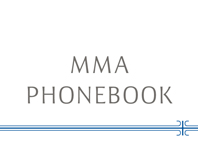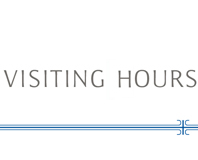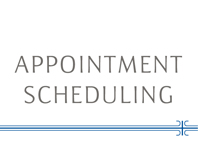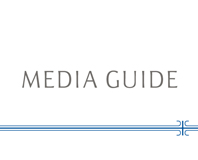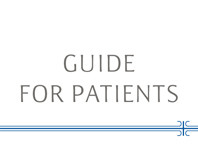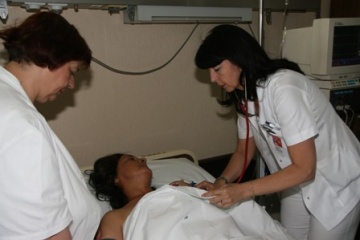
A marked increase in the number of acute mushroom poisoning
16. 07. 2009
A significant increase in number of acute mushroom poisoning was observed over the recent period. Since July 1, 2009, there have been 20 patients with acute mushroom poisoning hospitalized at the Clinic for Emergency and Clinical Toxicology of the MMA’s Poison Control Center. Nine of them (45%) had third degree poisoning, of amanitin syndrome, out of which one female patient died in spite of all intensive care measures undertaken.
Acute mushroom poisoning is of a significant clinical importance due to its various clinical pictures (it is presented in 8 different syndromes), incidence (around 10 000 patients are treated in Europe each year), high mortality rate (from Amanita phalloid - 10-50%). However, the poisonous mushrooms include all those species, which cause pathological changes and damages to the organs in the human body. Some of them cause mild reactions such as abdominal pains, nausea, vomiting or transient allergic reactions, but there are species, which cause much serious damages or death. Toxicity of mushrooms can be precisely determined only by chemical analysis.
Based of the interval of time between the ingestion to the onset of the first symptoms, fungi are classified in two classes: the one with short and the other with long incubation period. Poisoning with a short incubation period (30 min to 3 hours) is manifested by 5 syndromes: gastrointestinal irritants, muscarine, muscimol (microatropic), psilocybin (psychotomimetic) and coprine. The course of the disease and the outcome are rather favorable.
A long incubation period ranging from 3 hours to several days is characteristic for mushroom poisoning causing liver and kidney damage. Those are forms of poisoning with clinical picture of amanitin (phaloides) , orelanin and gyromitrin syndrome. The most important is to provoke vomiting and the patient should immediately be referred to an appropriate doctor. Chances for a successful recovery are considerably greater if the specific therapy is initiated within the first 48 hours. According to Prof. Dr. Slavica Vučinić, the head of the Poison Control Center’s Clinic for Emergency and Clinical Toxicology, this Clinic admits over 3500 patients each year, and a continuous increase in numbers s has been observed. Thus, in the first 6 months of this year, 2245 patients were treated. In the group of hospitally treated patients, drugs were dominant poisoning agents (57%) followed by household and industrial chemicals (10%), corrosive substances (9%), pesticides (8%), while the other causes of poisoning were presented in smaller percentage.
The Clinic operates 24 hours a day throughout the year. It serves the patients from the whole country.

